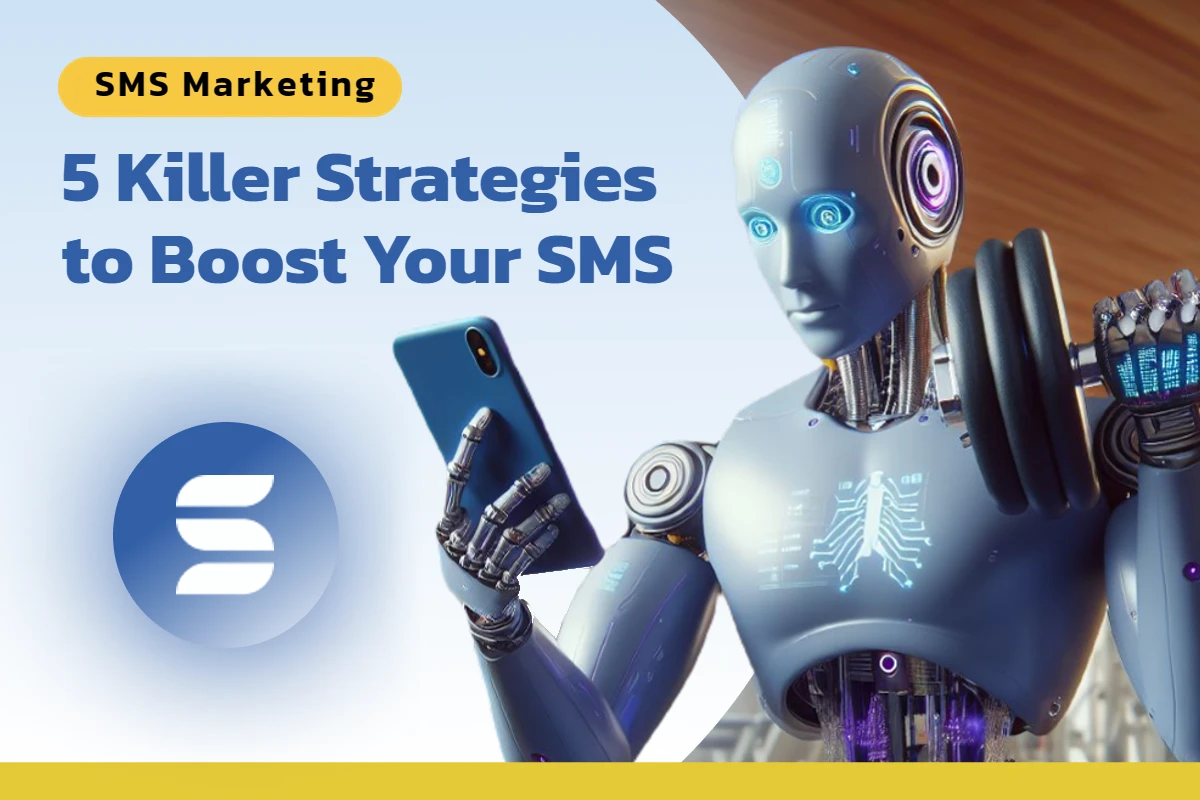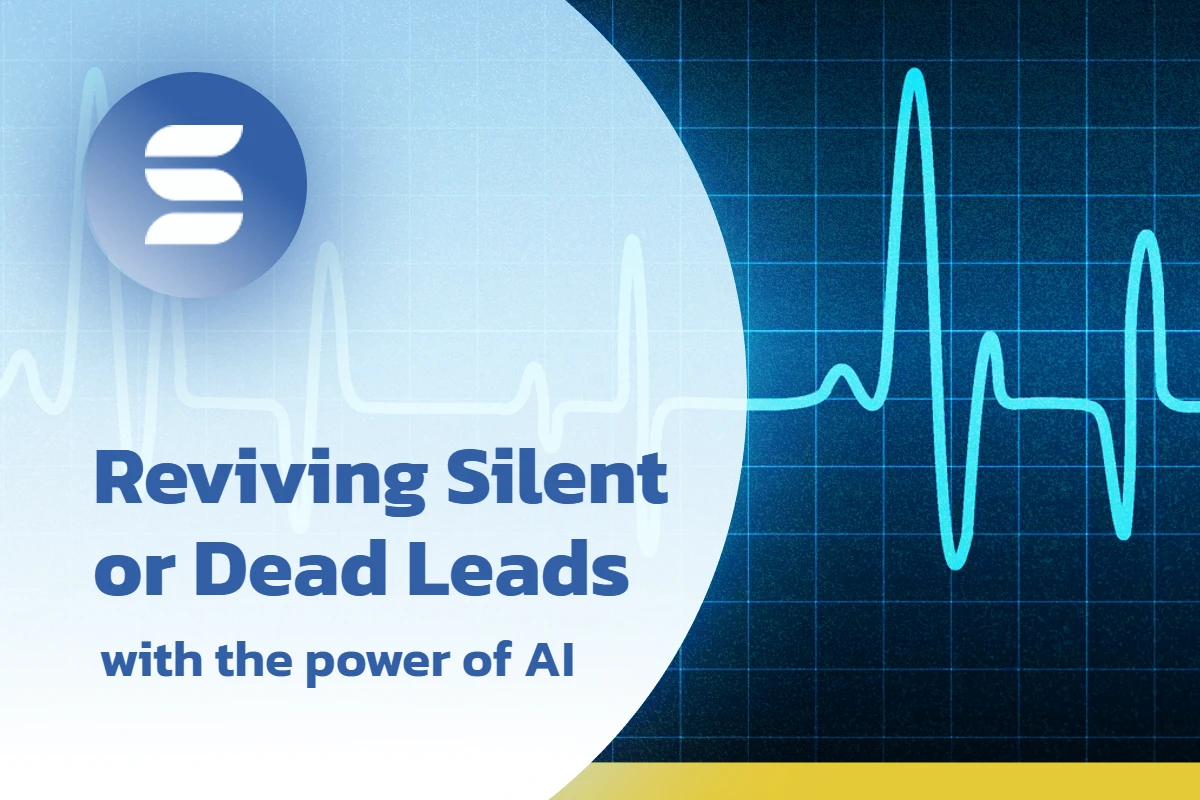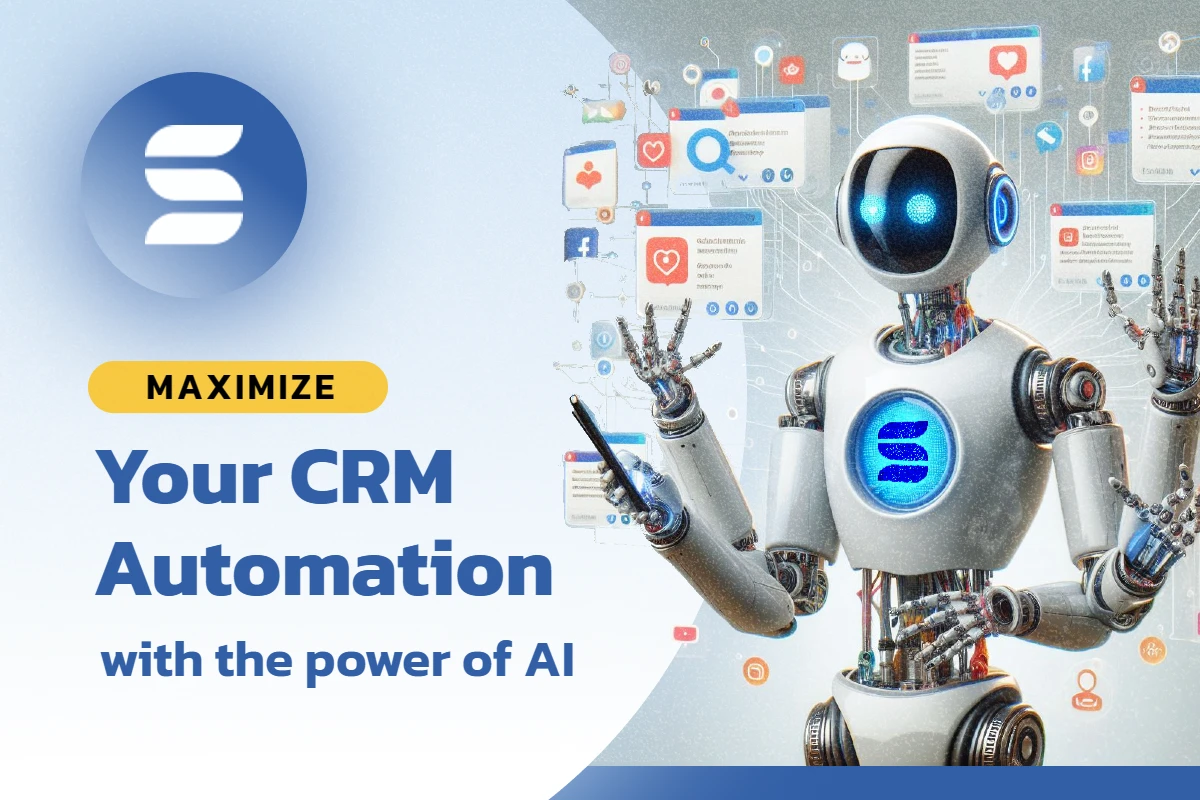
I bet you can’t go an entire day without seeing the term “chatbot” somewhere. In a tweet, in your social media timeline, or an article in your local paper.
Are you getting a little sick of them? Do you wish they worked better?
I hear you.
As a company that created a chatbot, we loath the term because it comes with so much junk. Most people don’t understand what a chatbot is, and as a result, they get so much wrong.
I put this list together to help clear up some of the junk and assist those looking to add chatbots to their business.
1. Chatbots are only found on a website.
It does seem like every website has a chatbot these days. Businesses have chosen the popular use case to provide their customers with quick answers, but that is not the only place they can be found.
You can find them in your home if you have an Alexa or Google Assistant. You can also interact with chatbots on your phone if you have a text-based chatbot, if you have an iPhone with Siri, or if you have an Android phone, with Google Voice.
2. Every pop-up in the bottom right-hand corner of a website is a chatbot.
Just because there is a “How Can We Help You” pop up on the lower right-hand corner of a website does not mean it is a chatbot. Some of those options are live chat options for visitors to communicate with the companies support team.
When in doubt, if you’re interacting with a human, it is not a chatbot.
3. Chatbots are automating people.
This is a common misunderstanding around chatbots and automation in general. The thought is chatbot technology, and artificial intelligence (AI) will replace people’s jobs. The more advanced a chatbot gets, means that there will be less of a need for people.
We thought our product, Aisa Holmes, would replace inside sales assistants. We actually found Aisa to be a great assistant and compliment to inside sales and SDR’ because she engages and qualifies leads so those teams can spend more time doing what they do best.
4. Chatbots learn on their own.
The TL:DR answer to this one is no, not all chatbots can learn on their own. There are two different types of chatbots; they are:
- Rule-based chatbots: Also known as decision-tree chatbots that are defined by rules and conversation paths. They are generally rigid, either the conversation goes down the path or it doesn’t. This type of chatbot does not learn on its own, but the humans who set it up learn from the conversations and can adjust the paths accordingly.
- AI chatbots: Using machine learning, Natural Language Processing, and conversational ai to understand the context and intent of the conversation and formulate a response. AI chatbots do learn as they go through understanding the conversations and through training.
5. Companies need a large IT team to set up and implement a chatbot.
While we’re sure there are use cases that do need IT involvement, there are also just as many that do not.
For instance, our onboarding process involves our Customer Success team and our user. During that 30 minute call, we can typically get Aisa set up and ready to engage your leads in just a few steps. We can do this because we’ve built a robust back end to support your needs, and we’ve already created the ability to connect to your CRM or lead source of choice.
Trying to decide what chatbot is best for your business can be hard. If there are any lasting takeaways from this post we hope you’ll consider the type of chatbot you need before you start your journey to learn more about them. Whatever you do, don’t build a badchatbots that misses that mark and pushes your leads to your competition.


